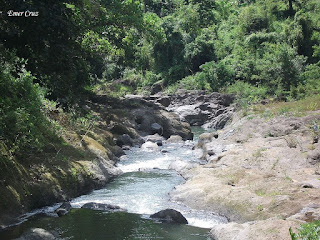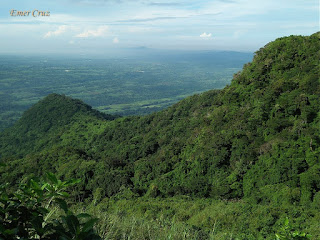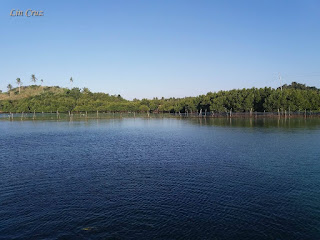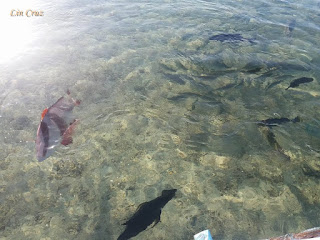Knee Pain is a common symptom among hikers, runners and cyclists. One of the most common type of pain is around or behind the kneecaps commonly known as “runner’s knee.” The symptoms of this type worsens when walking up or down stairs, walking uphill, running, jumping or activities that force the knee to bear weight. It is often caused by worn out shoes or muscular weakness in the quadriceps and hamstrings. And for some hikers, the pain is often caused by trauma or overuse.
According to Dr. Vivian Sebastian, physiotherapist and trek leader at Indiahikes “Trekkers usually are scared and put excessive pressure on the knees while hiking downhill, causing their knees to swell. You need to let gravity carry half your body weight. It is a technique that the body needs to learn.” So do not attempt to hold yourself back more than required, as braking too much during a descent causes the knee to have more pressure. Take advantage of gravity and hike down at a rhythmic pace, in my part I usually run during descent most especially if the trail is negotiable.
Here are some helpful tips that I can share to prevent or mitigate knee pain:
Build up your Leg Strength.
Start doing squats and lunges while gradually increasing repetition, because by strengthening the muscles that stabilize the knee joint, it can make a big difference in preventing knee pain. Make sure that you do the proper form, doing it incorrectly can make your knees worse.
Stretch your Legs Before Hiking
Stretching the leg muscles before you begin the trek is essential as it allows your body to become more pliable and less prone to injuries. It is important to stretch your lower body and legs as these muscles are going to be worked on more intensely during the hike.
Turn Sideways on High Steps.
This will allow stronger muscles in the legs to help, which in turn helps you step down more stable, so you don't hit the ground with your foot as hard, thereby decreasing the pressure on your knee.
Use Trekking Poles.
It is beneficial in reducing as much as 25% of the stress on your knees when you are going downhill and also reduces the impact of hiking on leg muscles when ascending.
Wear Knee Support
Personally, I have not tried wearing Knee Support, but it can give your knees additional support most especially in relieving pain and inflammation in knees.
Wear the right Shoes
What you wear on your feet is probably the most important consideration for any trekker. While choosing a hiking shoe, utmost importance must be given to its quality. Hiking shoes with shock absorbing soles and comfortably fit your feet will negate the impact of any shock endured during hikes.
Reference: https://www.theadventurejunkies.com/hiking-knee-pain/





















































